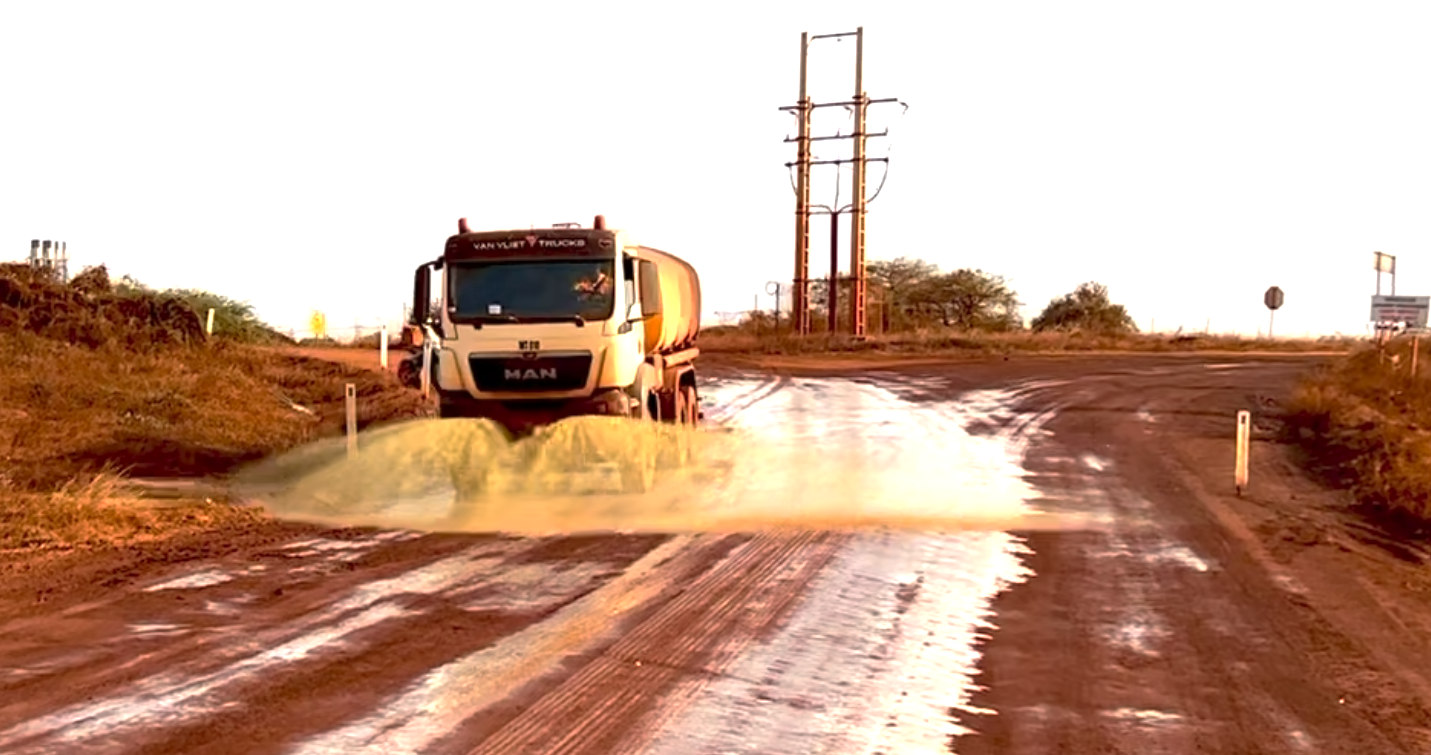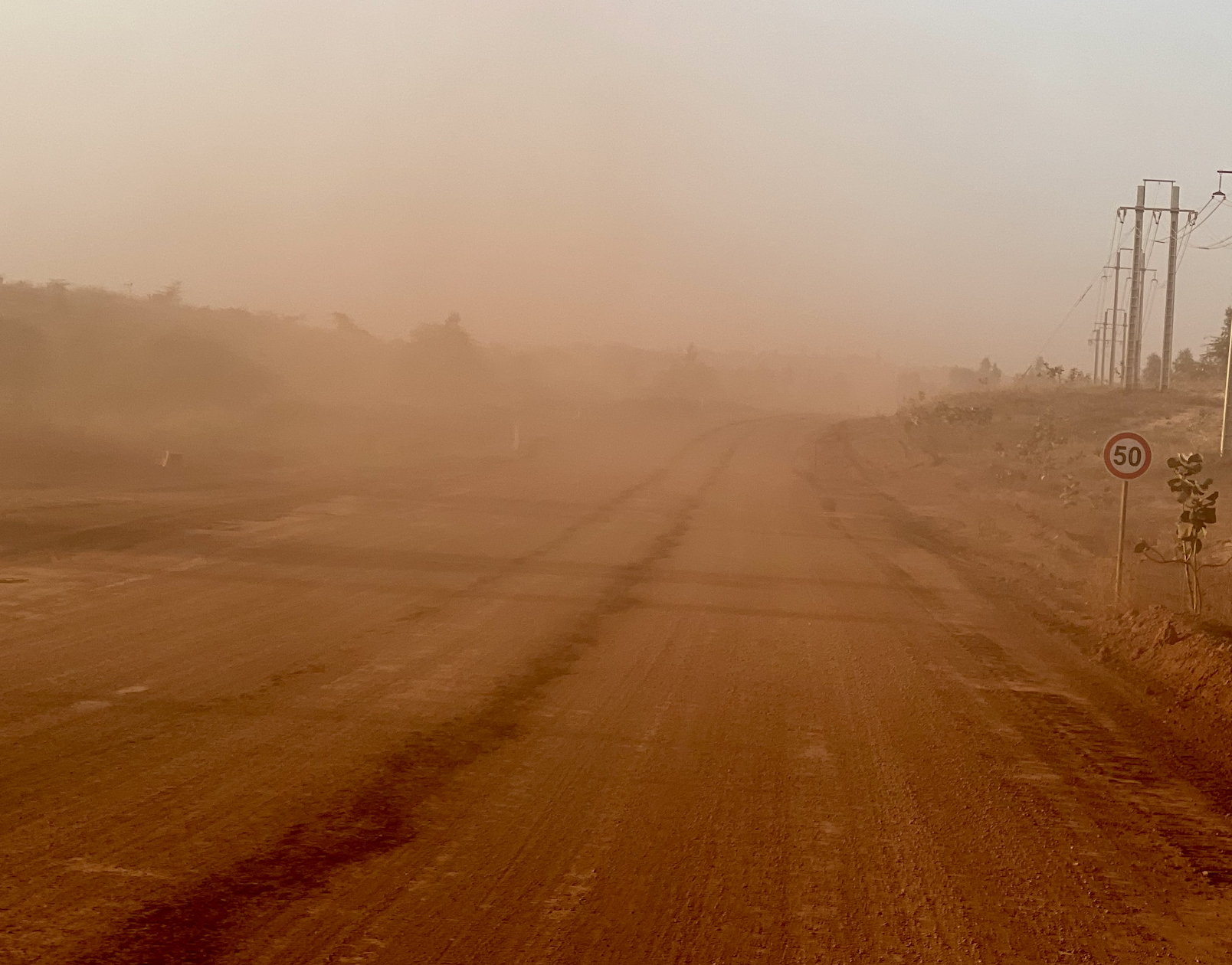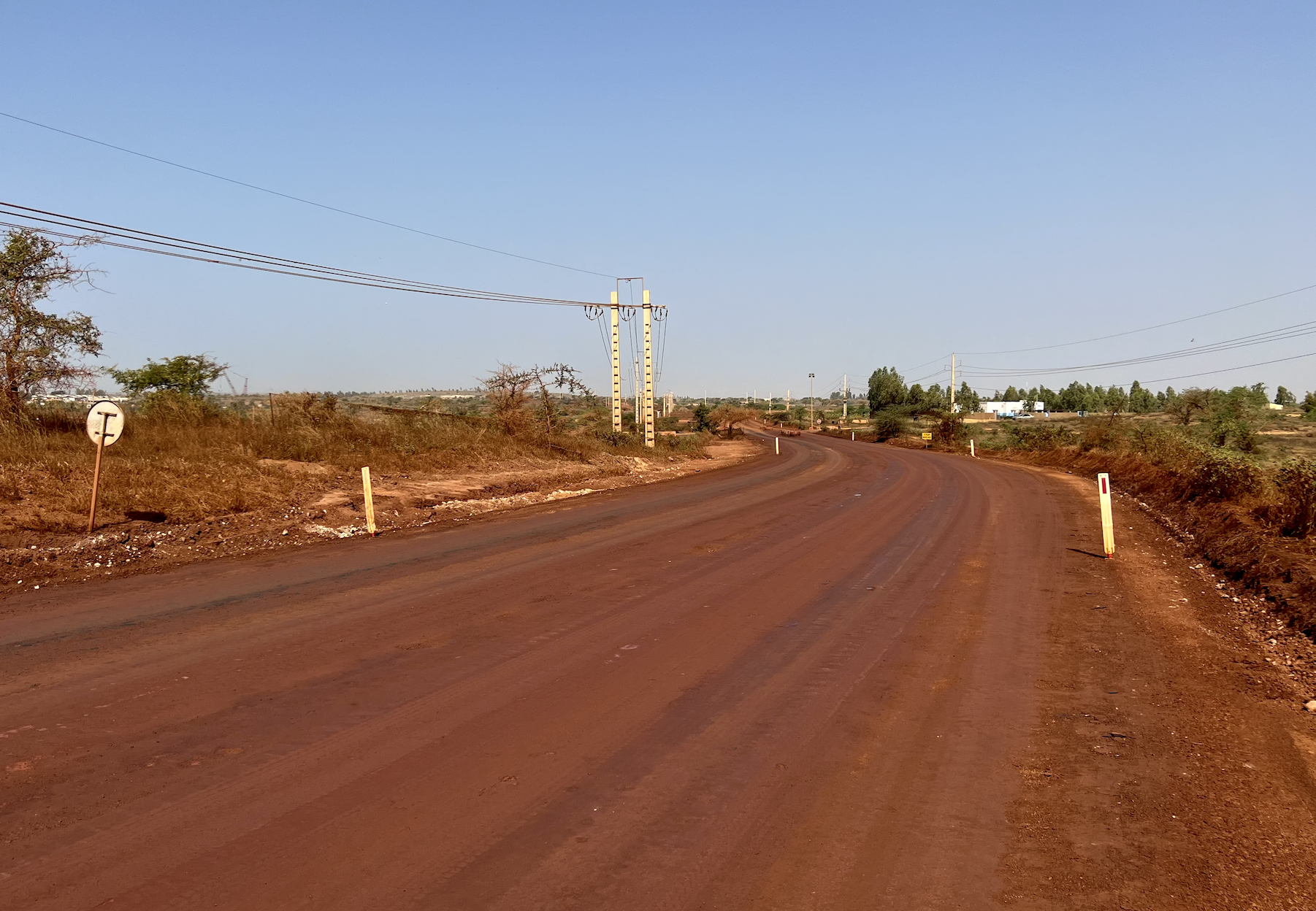From its headquarters near Munich, Germany, Bind-X is a company focused on disrupting the world of dust control through sustainable biotechnology. North American Mining spoke with the CEO to find out more.
by Jonathan Rowland

Think sustainable mining and what comes to mind? Chances are it is not dust control. The generation of dust is, however, an inevitable consequence of mining operations that poses important sustainability challenges – and not only if left unabated. Many common dust control measures can also have negative sustainability impacts, as Bind-X CEO Martin Spitznagel explained in a recent interview with North American Mining magazine.
“Sustainability issues in dust control can be divided into three areas,” Spitznagel began. “The effect of the dust itself if left uncontrolled; the environmental impacts of dust control activities, such as spray truck operation; and the environmental effects of the dust control products themselves.”
Unabated dust has an obvious nuisance impact on productivity, since it reduces haul road visibility and causes wear to critical equipment. But it also has a “dramatic effect on human and animal health if breathed in and can reduce the photosynthetic activity of the surrounding plant life by settling on vegetation,” continued Spitznagel. “If the mined material also contains heavy metals – as is common in mining – a direct toxic effect is added to these issues.”
Dust abatement measures are, thus, a standard feature on mine sites around the world. These are most obvious in open pit applications on haul roads, where dust suppression is centered on managing dust generated by vehicle traffic. This includes both controlling dust from the hauling of materials and stabilizing the top layer of the road surface; it therefore requires “very robust binding of heterogenous substrate to form a hard-wearing surface,” explained Spitznagel.
A second key area for dust control is tailings. Here it primarily focuses on mitigating the risk of dust emissions from waste materials in both active tailings deposition, as well as dormant areas with little to no mechanical stress exerted on them. “Tailings dust suppression therefore requires only little resistance to compressive and shear stress,” continued Spitznagel, “but benefits from long-lasting adhesion of very fine dust particles.”
Types of dust control
Dust control solutions take a number of different forms. Still the most common is the use of water sprayed onto dust-prone surfaces to bind particles together and thus reduce their ability to become airborne. This straightforward solution “is only effective as long as the surface remains wet,” noted Spitznagel, which raises an obvious question about its use in arid regions or on sunny days, where the efficacy of water-based dust control can last much less than an hour.
“Almost constant rewetting with spray trucks can be required,” continued Spitznagel.
“But the mere act of spraying roads and other surfaces with liquids not only consumes significant amounts of water; it also releases carbon dioxide emissions via the operation of spray trucks and other machinery, which is usually diesel powered.”
This can weigh heavily on a mine’s sustainability performance – particularly in areas of high water stress. And with the cost of water expected in increase in coming years, such water-intensive dust abatement measures may also ultimately become economically unviable.
Solutions that offer long-lasting dust control reduce the required applications per year and thus help solve some of the issues with water-based measures. These include the use of petroleum-based bitumen or synthetic polymer emulsions to bind the dust-prone surface, as well as the addition of hygroscopic inorganic salts to water spray to delay evaporation and so prolong the wetting effect.
But these measures bring their own sustainability challenges, according to Spitznagel. “Any non-degradable synthetic material sprayed onto a surface will accumulate in the environment and lead to permanent changes. The ideal method of dust control should therefore offer an effective and long-lasting solution based on bio-compatible materials to bind substrate particles together in an inert, long-lasting, and environmentally friendly crust that prevents dust formation.”
What is sustainable dust control?
Spitznagel thus advocates for a sustainable approach to dust control that “aims to minimize environmental impact and replace harmful chemicals with bio-based technologies to achieve comparable or improved dust control performance, while prioritizing both environmental and human health.”
Bio-based dust control is “an industry best practice which implements biological materials for dust control,” explained the Bind-X CEO. “The source of materials for the dust palliatives is derived from biological resources and the mode of action driving efficacy of dust fallout is biologically driven.”
According to Spitznagel, bio-based solutions are made from renewable sources, which grow back naturally and do so within a short period of time, as part of natural cycles on earth. The sustainability benefits of bio-based solutions are thus realized in the following ways:
- Absorb CO2 from the atmosphere when they grow.
- Retain CO2 in their material.
- Made from renewable sources and decrease dependence on fossil fuels.
- Harness the value in residual waste streams.
Spitznagel continued by describing the use of bio-based dust control at a global mining and metallurgy group.
“Our client is a key player in the extraction and recovery of metals and processing of high added-value alloys. At one of their mine sites, they were faced by poor visibility on haul roads, due to vehicle-generated dust, which was impeding communication between drivers and leading to an increased risk of collision. Uncontrolled dust was also having a detrimental impact on the respiratory and environmental health of workers and communities, while the high cost of operating water trucks and the need to acquire additional water trucks impacted the mine’s economic performance.”
The bio-based solution provided Bind-X – now in routine use at the site – has contributed to a significant reduction in dust falls, improving both sustainability and mine production performance, according to Spitznagel. “We demonstrated a perfect fit between our client’s concerns and our solution to maximize impact within their mining operation. We offered the client the ability to free up resources and utilize these to support and align with an improved production focus.”


Haul road before (left) and after (right) treatment.
Why choose a bio-based dust control solution?
The transition to sustainable best practices has “brought a shift in focus from classical dust control products, such as water, polymers, and bitumen emulsions, to biological products derived from natural raw materials. The future of dust control in the mining industry will thus be driven by a new generation of dust control products: robust, versatile, and built from scratch around sustainability,” argued Spitznagel.
This new generation of dust control is bio-based, according to Spitznagel, as “innovative alternatives to existing chemicals in the mining industry, namely biological alternatives (bio-cementation), can significantly enhance the longevity and performance of treated infrastructure, eliminating the need for water-only methods, as well as reducing the popularity of harmful raw materials used in chemicals for dust suppression.”
What is Bind-X’s value proposition to the mining industry?
Through innovation, Bind-X is “driving a significant shift in mining,” said the company’s CEO Martin Spitznagel. “At the core of our value proposition is sustainability. We have developed innovative alternatives to existing waste streams, which we utilize to meet market demands and contribute positively to change in the mining industry.”
According to Spitznagel, the company’s portfolio of natural dust control products addresses different sources of dust in a mine in a robust and sustainable manner. Current products focus on haul roads, mine tailings, stockpiles, and open broadscale areas. Depending on client needs, Bind-X selects within a variety of product variations and offers efficient customization. All products are based on natural solidification processes and are competitive in performance with conventional alternatives.
Within the North American mining industry, Bind-X offers the opportunity to “maximize overall (positive) impact with innovative solutions that drive decarbonization and seamlessly integrate with existing sustainability efforts,” concluded Spitznagel.
